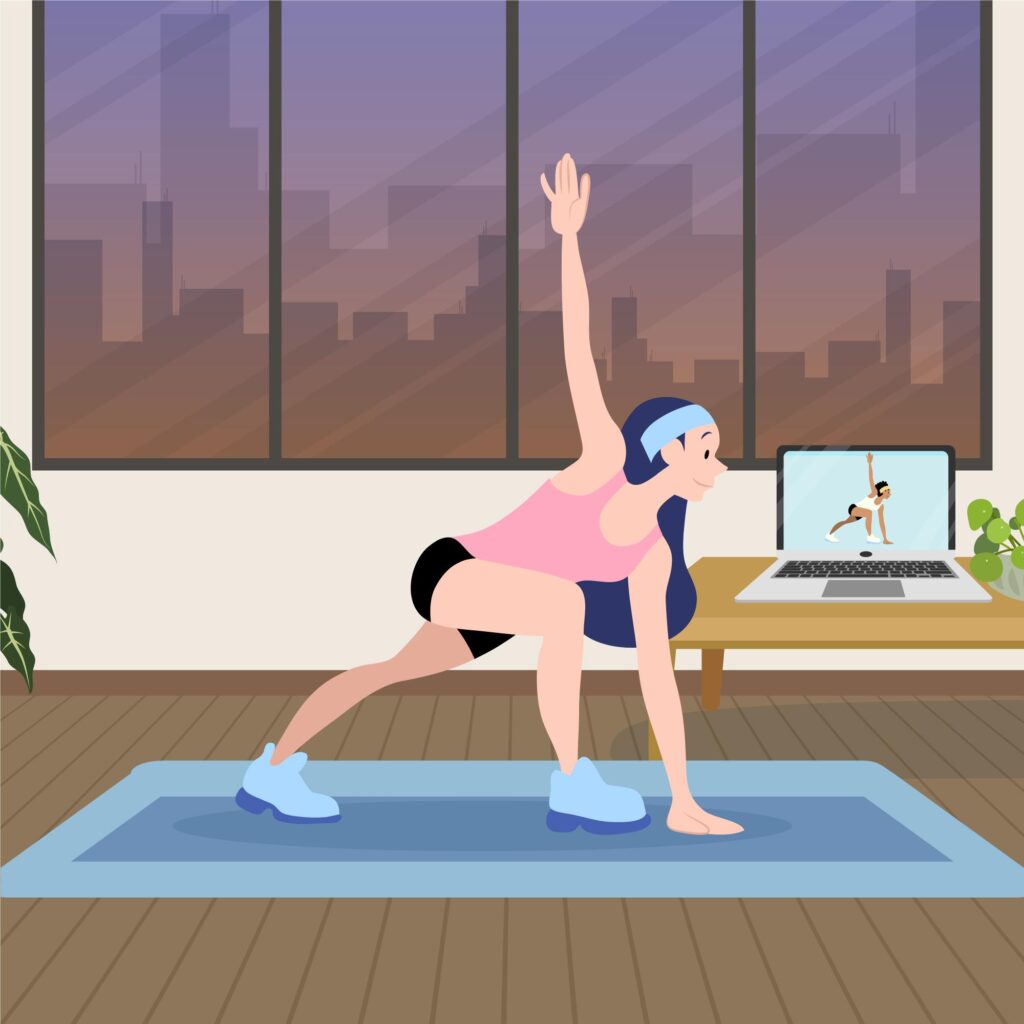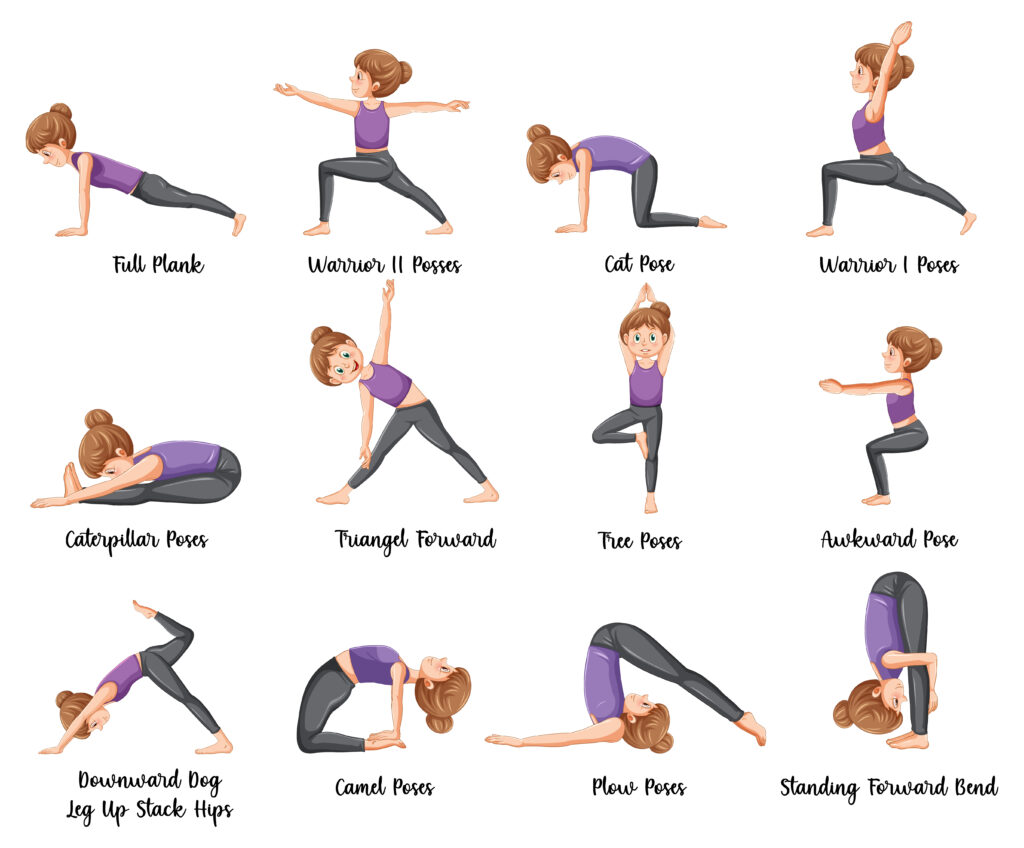Are you feeling the burden of stress and tension in your body, and looking for a way to release it naturally? Somatic exercise may be the answer you are looking for. In this article, we will learn what somatic exercises are, their benefits, techniques you can try, how often to practice them, possible risks and different types of somatic activity. Let’s begin a journey to understand and embrace the power of somatic exercise.

1. What are somatic exercises?
Somatic exercises focus on improving body awareness and releasing muscle tension through mindful movement. Unlike traditional exercise, which often emphasizes repetitive movements or stretching, somatic exercises target the brain’s control over muscles, with the aim of reprogramming movement patterns and reducing chronic pain or stiffness.
At the core of somatic exercise is the principle that our body maintains tension and stress, causing muscle contraction and discomfort. By engaging in slow, deliberate movements and paying attention to bodily sensations, somatic practices aim to reset these patterns, promote relaxation, and improve mobility.
2. Somatic Exercise Benefits
The benefits of somatic exercise go beyond somatic relief; These also include mental and emotional well-being. Some of the key benefits include:
- Pain Relief: Physical exercises can reduce chronic pain by releasing muscle tension and promoting better alignment and posture.
- Stress Reduction: Engaging in mindfulness activities helps calm the nervous system, thereby reducing stress and anxiety levels.
- Increased flexibility and range of motion: Through gentle reprogramming of muscle movements, somatic exercises facilitate more natural and fluid movement, resulting in increased flexibility and mobility over time.
- Increased Body Awareness: Somatic exercises develop a deeper connection between mind and body, promoting greater self-awareness and proprioception.
3. Somatic Stretches and Exercises to Try
Ready to explore somatic exercises? Here are some simple techniques to get you started:
- Pandiculation: This involves gently contracting the muscles and then slowly releasing them while focusing on a feeling of relaxation.
- Cat-Cow Stretch: Move forward, gently arching and rounding your back, synchronizing the movement with your breath.
- Pelvic Tilt: Lie on your back with knees bent, and gently rock your pelvis back and forth to release tension in the lower back and hips.
Remember to move slowly and consciously, paying attention to any areas of sensation or stiffness in your body.
4. How often to do somatic exercise
Consistency is key when it comes to reprogramming movement patterns and finding relief from chronic stress. Aim to incorporate physical exercises into your daily routine, even if just for a few minutes each day. Over time, you may see cumulative benefits as your body becomes more accustomed to these mindful activities.
5. Somatic exercise risks
While physical exercises are generally safe for most people, there are a few things to keep in mind:

- Start slow: Avoid pushing yourself too hard or moving into positions that cause pain or discomfort. Listen to your body’s signals and adjust the intensity accordingly.
- Consult a Professional: If you have any underlying medical conditions or injuries, consult a health care professional or physical movement therapist before starting a new exercise regimen.
- Avoid overuse: Like any type of exercise, overdoing physical activity can lead to fatigue or stress. Balance your exercises with rest and recovery to avoid burnout.
6. Types of somatic movement
Somatic movement encompasses a variety of techniques and modalities that aim to improve body awareness and movement efficiency. Some common types include:

- Hanna Somatics: Developed by Thomas Hannah, this approach focuses on sensory-motor reeducation to relieve chronic muscle tension.
- Feldenkrais Method: Created by Moshe Feldenkrais, this method uses gentle movement and awareness to improve posture, flexibility and coordination.
- Alexander Technique: This technique emphasizes mindfulness and proper alignment to reduce stress and promote ease of movement.
Each of these modalities offers unique approaches and exercises within the realm of somatic exercise, allowing individuals to find what best matches their body and goals.
Ultimately, somatic exercise provides a holistic approach to relieving stress, improving mobility, and enhancing overall well-being. By incorporating mindfulness activity into your daily routine and exploring different somatic techniques, you can begin a journey of self-discovery and physical transformation. So why wait? Start your physical exercise journey today and enjoy the profound benefits it brings.

